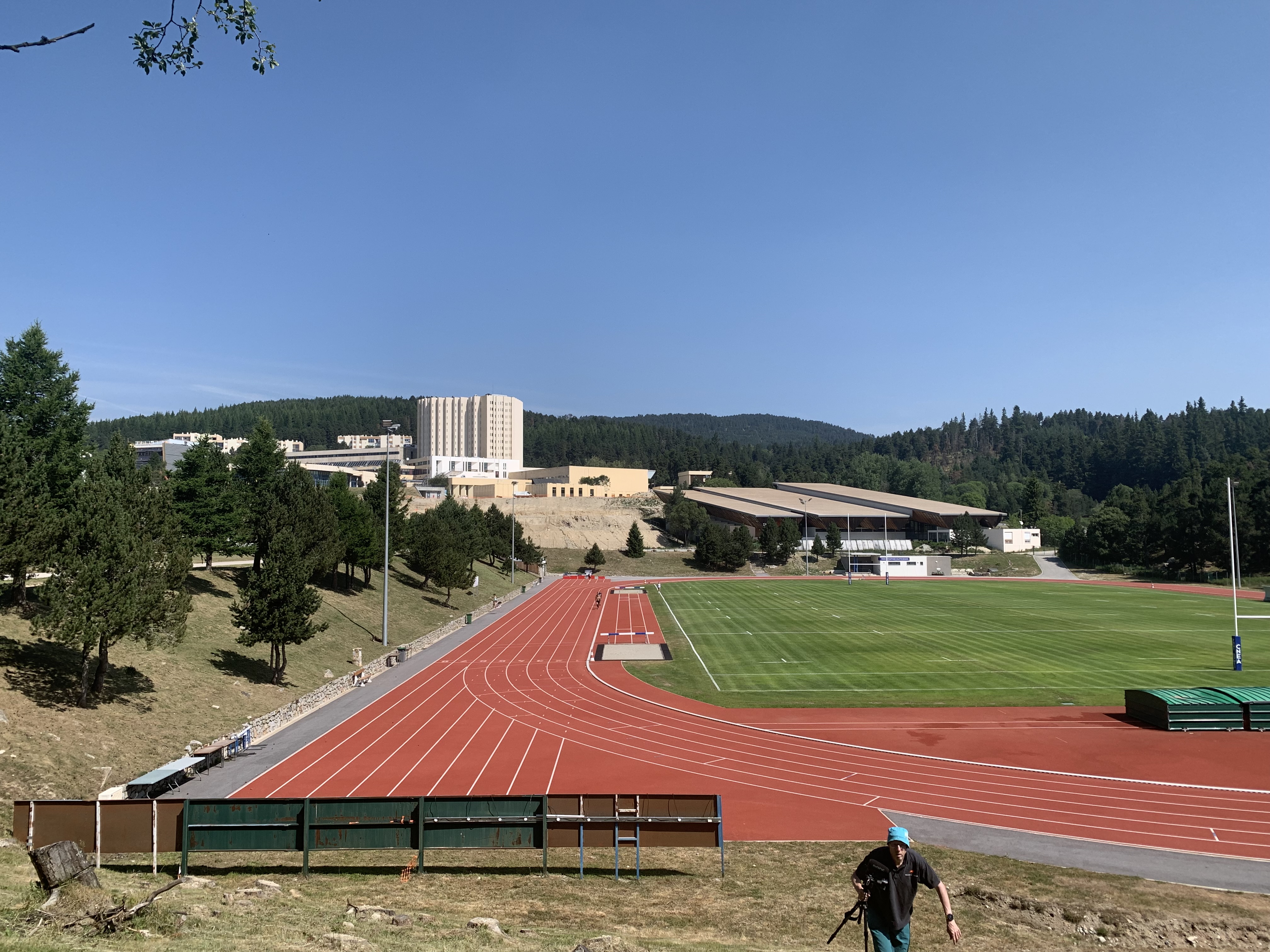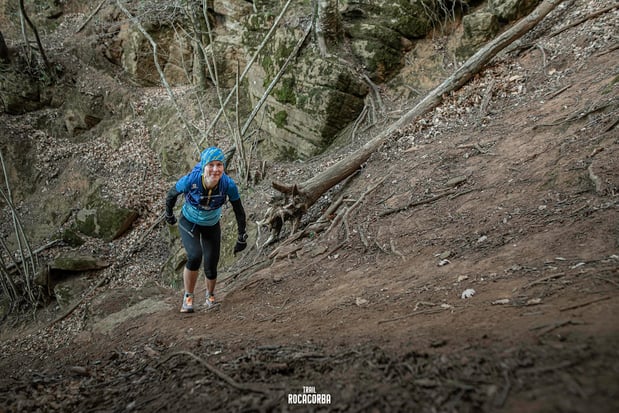How much rest should I take between repeats?

When doing harder sessions with periods of fast running followed by some rest/recovery it can sometimes be a bit confusing to know how much rest to take. Sessions vary from long repeats with a small amount of recovery to short repeats with long recoveries.
So how much rest should I take between repeats in a hard session? Well the answer depends on:-
- the goal of the session
- how fit you are
For my athletes I tend to categorise faster paced running into the following categories:
Sprints - Zone 6

Sprints are efforts of 5-9 seconds which focus on force and power. A focussed sprint effort will require full recovery before it can be repeated (10 minutes or more). Typically the athletes I work with struggle to work at this effort as they train for much longer events. We can recreate this effort by adding a run in to the efforts but even so a typical endurance athlete doing events from 1 hour to multiple days will only need 2 to 3 minutes recovery before they can reproduce the effort.
For runners, given the injury risk incurred by short explosive efforts and the events the majority of my running athletes are working towards I tend to favour a longer effort of 20 to 30 seconds often on an incline with the recovery being the jog back down to the start. This produces the same desired effect of increased force and power for uphill running with less risk, in my view.
VO2Max - Zone 5

Here the aim is to get the athletes heart working at around their VO2Max which can be achieved by short efforts (30 to 45 seconds) with a small amount of recovery (15 to 30 seconds) or by medium efforts (2 to 3 minutes) with full recovery. I would plan the efforts based on the athlete's preference and ability; some athletes will drop pace and not get the right intensity for longer efforts and need shorter efforts with less recovery. So the following sessions would both target VO2Max, but would be best for different types of athlete: -
3 sets of 8 x 30 seconds with 15 to 30 seconds Recovery
5 x 3 minutes with 2 to 3 minutes recovery.
Super-Threshold - Top End of Zone 4

For athletes racing for 15 to 30 minutes it can be good to do some efforts at around this intensity. These longer efforts help improve pace/power at a given effort/heart rate and improve overall race times. Working just above FTP/Lactate Threshold also seems to 'pull' the threshold up. Typically endurance athletes excel at this type of effort. This effort can also work well when practising the type of terrain you might experience on an undulating course where you might have to go over your FTP for seconds (e.g. climbs) and then recover again.
A typical session in this region would be: -
4 by 6 minutes with 2 to 3 minutes recovery.
Lactate Threshold/FTPa/FTP -Low End of Zone 4

Focussing on Lactate Threshold/FTP produces produces good aerobic fitness gains and creates some speed endurance for athletes looking to race for up to 90 minutes. The effort itself can be sustained for a long period and typically I would work on an athlete increasing their time in zone for these efforts. Given the intensity of the effort athletes often do not need complete recovery between efforts and this can help produce the fatigue experience in a race.
A typical session might be: -
2 by 10 minutes with 1 minute recovery progression over a few weeks to 2 by 20 minutes with 1 minute recovery.
A lot of athletes will do shorter sessions in the higher end of this zone (super threshold) but for pacing it can be good to distinguish between these two efforts...you are unlikely to be able to maintain the higher end of zone 4 for 2 times 20 minutes with 1 minute recovery or for a 90 minute race.
Aerobic Threshold - Zone 3

Working just above your aerobic threshold (sometimes called tempo) can help you make some really good endurance gains; you can sustain the effort for a long time (up to 90 minutes). For mountain and trail runners doing some consistent uphill running at this effort is very good for improving uphill running endurance.
A good session for this type of effort would be: -
1 x 45 minutes at just above aerobic threshold (this can be done on a hill). You could build time in zone over a period of weeks up to 90 minutes.
The difficulty with this type of effort is that it can be difficult to establish your aerobic threshold without a laboratory test. That being said most experienced athletes can do this effort just as well to Rate of Perceived Exertion (you are aiming for 2 to 3 % harder than your usual endurance effort).
For athletes who have an aerobic deficit they tend to work too much in this zone (intentionally or unintentionally). Although the effort is not in itself very hard (initially) the physiological and musculo-skeletal cost is the same as for harder efforts at Lactate Threshold. Some protagonists of the polarised training approach would avoid these types of efforts at all costs, but I find they have their place with some athletes. They can also be a good introduction to some speed work after a long break or at the start of a new season of training.

Additional Questions
How many times per week should I do faster training?
Some athletes can support up to 3 sessions of faster training per week, whilst others can only manage once. If you have not done any speed work before or you are coming back after a long break it's usually best to start with one session in a week. It's a good idea to plan this at least 48 hours after your long endurance run.
Should I aim to focus on one type of effort at once?
It can be quite nice to focus on one thing for a block of 8-12 weeks so that you can test 'before' and 'after' to see if you have improved. However, doing a smaller amount of other types of intensity can also mean you don't lose in one area whilst gaining in another. For athletes who support more than one speed session per week I usually focus shorter intervals for a midweek session and longer intervals for the weekend when they have more time; this also provides adequate recovery between the two sessions. For athletes who can only do one faster session we would aim to get more race specific the closer to the event we came.
November 22, 2023

Comments